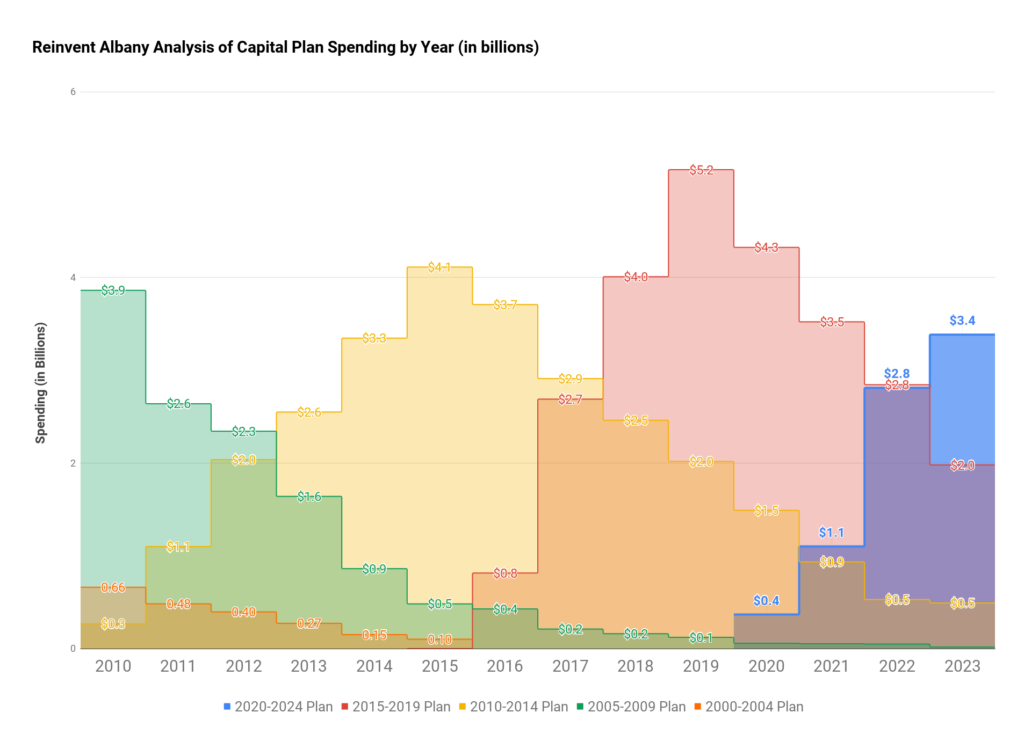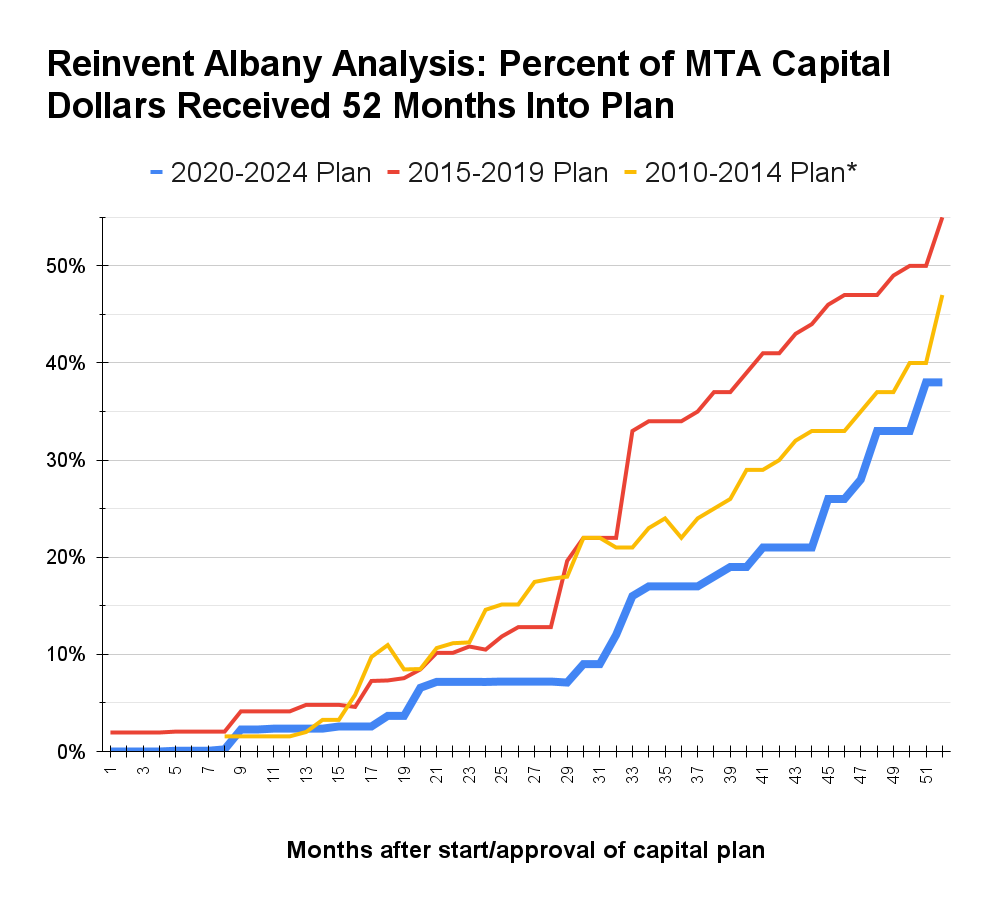Legacy-Defining Day for Kathy Hochul: Capitulating on Congestion Pricing Is Surrendering to Fear and Cynicism
As reported in Politico and the New York Times, Governor Hochul is considering delaying congestion pricing. This last-minute, end of session move is cynical, Albany at its worst and will hurt everyday subway and bus riders who need investment in the system to get to work and school.
The MTA released a list of projects to upgrade and repair the subway’s aging signal system, buy new subway cars and buses, replace electrical systems, and make stations accessible, which are all funded in part or whole by congestion pricing just last Friday. These essential projects for New York’s vast subway, bus and railroad systems are all at risk if congestion pricing is delayed further.
MTA capital spending helps every community in NYS, with businesses across the state receiving contracts as a result of state investments in mass transit. See our analysis showing that every single state senate and congressional district within New York State has companies receiving MTA payments, with $26 billion spent from 2014-2022, creating tens of thousands of jobs.
Governor Hochul should not fall prey to the myth that defunding vital government programs will help Democrats at the polls. NYS democrats agreed to repeal the Commuter Tax in 1999 in a cynical move to try to improve their electoral chances, and it didn’t work, and instead has cost the city billions. Efforts like gas tax holidays, and delays to congestion pricing are anti-environmental policies that will hurt the NYC region and the state’s economy.
The numbers don’t lie. Congestion pricing is already four years late, and the MTA is behind and underperforming on their 2020-2024 Capital Plan – the biggest in history at $55 billion – as a result. MTA spending and commitments are down, and the 2020-2024 is the least well-funded of the last three plans at this stage, more than four-and-a-half years into the five-year plan.


